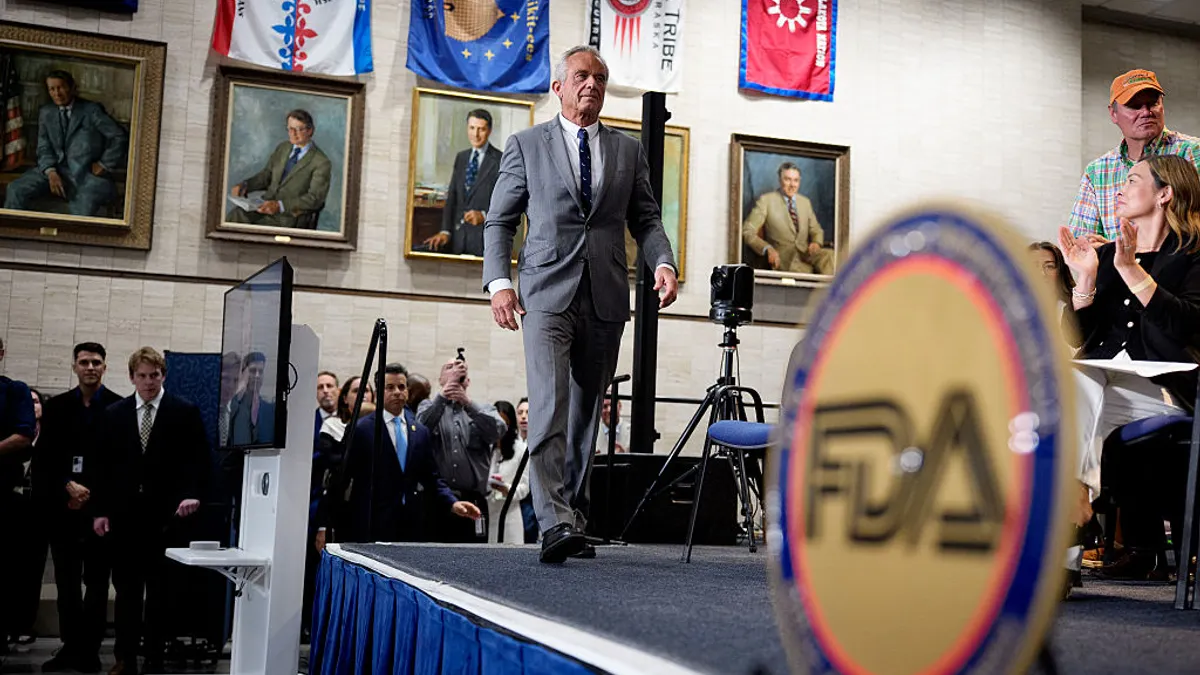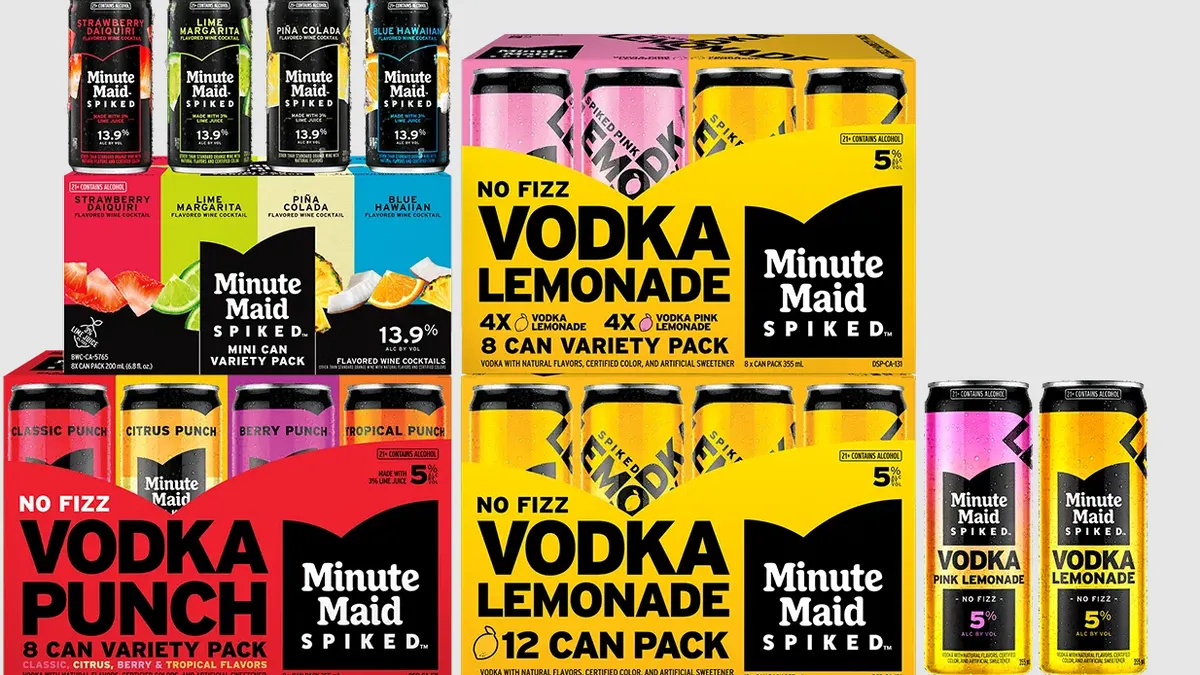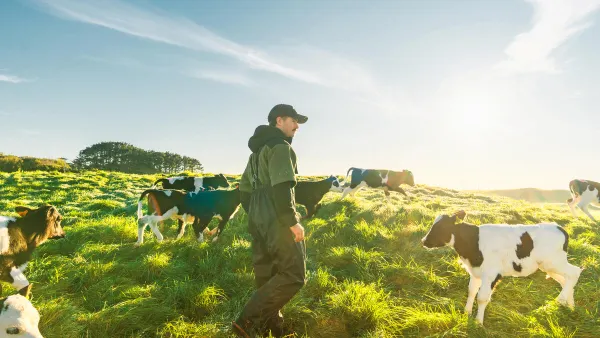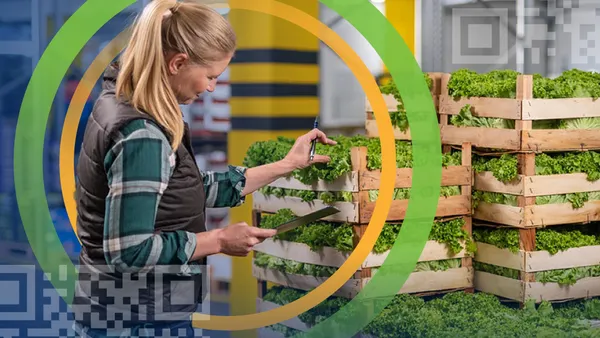Paul Lightfoot is CEO of BrightFarms, a company he founded with the goal of becoming the first national brand of local produce. He has been featured on Fast Company’s list of “1000 Most Creative People in Business” and was recognized as a “Rising Star in Retail” by Chain Store Age magazine.
There’s a funny scene in “Portlandia” in which the lead characters quiz the waitress about the chicken on the menu. They ask, naturally, if the chicken is “local,” and they ask again, and then they ask about “Colin’s” diet, habitat, and recreation habits. They are even shown photos of the bird. Not fully satisfied with the waitress’ exhaustive responses, they get up and drive to the local farm to inspect it for themselves and interview the chicken farmer. The show is obviously mocking those of us who have bought into the local food movement a bit too deeply. Guilty as charged.
Eating thoughtfully can be exhausting. But asking and finding out where our food comes from — and how it’s produced — is important and worth the effort. For example, most produce is routinely sprayed with pesticides. One widely used pesticide recently in the news — chlorpyrifos — was determined by the U.S. Environmental Protection Agency to be potentially harmful, with studies pointing to negative effects on child development. This is only one example of many.
As a careful buyer of the foods I put in my body (and my family’s bodies), and as the CEO of a mission-driven food company, I believe we’ve reached a food culture inflection point. For decades, Big Food companies have created a system that hampers the ability of consumers to access local, healthy foods. But this challenge to our health also creates a business opportunity.
The rising demand for local, healthy foods isn’t a fad. The company I run, BrightFarms, recently began providing our leafy salad greens to one of the largest retailers in the country. Almost immediately, the stores achieved nearly 40% higher sales in salads within the same shelf space. In the supermarket industry, a 10% increase is considered outstanding, so this sales increase is phenomenal and rare.
What does this mean? Why is it important? It means that buying fresh, local foods is something that most Americans crave but can’t access. Sixty percent of shoppers prefer locally grown options when compared to organic and conventional. In categories like meat, seafood, deli, bakery, produce and more, there’s a huge opportunity for upstart companies to meet the market demand and health needs of consumers by creating more local options.
Why not just rely on the local farmers markets? I love the farmers market — my family shops quite a bit at our terrific farmers market in Westchester County, New York — but most local farms are not, unfortunately, equipped to meet the current consumer demand, much less the rigorous supply and food safety demands of large supermarkets. They just aren’t set up for that.
As a result, when we walk the aisles at nearly all grocery stores, there are few local options. Our stores are jam-packed with mass-produced, processed foods that are delivered, kept in stock and promoted aggressively and effectively by Big Food.
Nearly all salads in the U.S. come from farms in California, Arizona or Mexico. That means that if you’re a shopper in Richmond, Princeton or Milwaukee, the leaves in your salad were probably harvested a week before they reached your store shelves — losing freshness and nutrition by the hour.
Change is beginning to happen. We are seeing more local options in categories like honey, eggs, meat and beer. Our company has raised more than $55 million in equity to build greenhouse farms across the country to bring local salad programs to supermarkets. We want to give all Americans a local option for fresh greens delivered from farm to store in one day, and we will continue to be a reliable partner to our retail partners who count on us for fresher products.
This is the market opportunity that exists in other food categories as well. We are just at the start of what I hope will be a tipping point for more local, healthy and fresh options in our grocery stores nationwide.
So keep asking where your food comes from and keep supporting local products. Hopefully, in the near future you won’t have to look very far to find them in your local supermarket.










